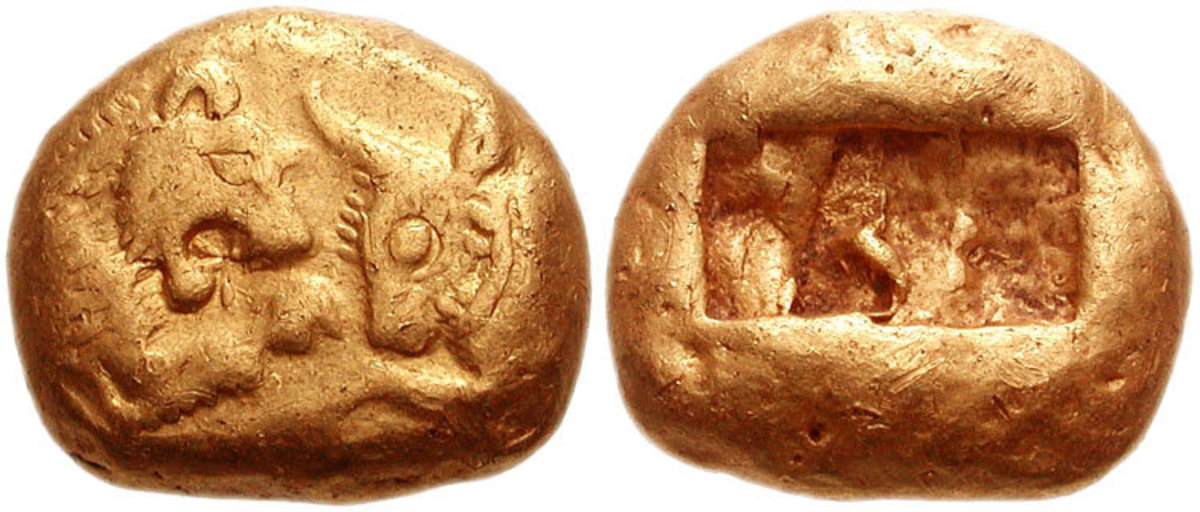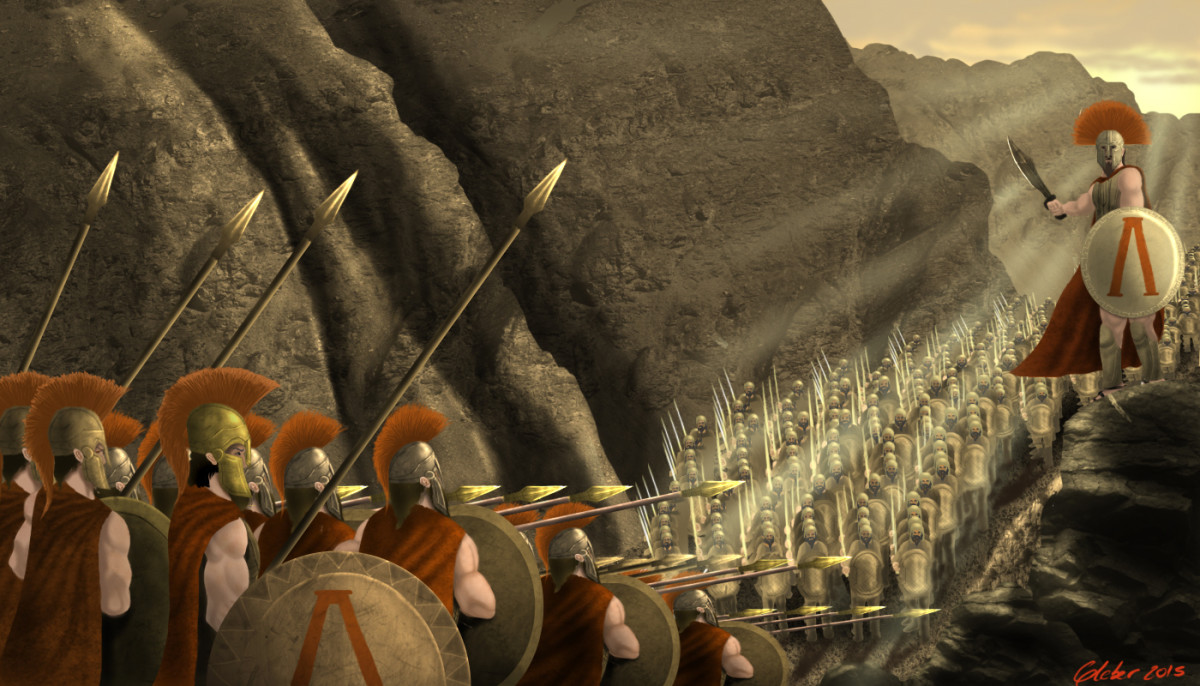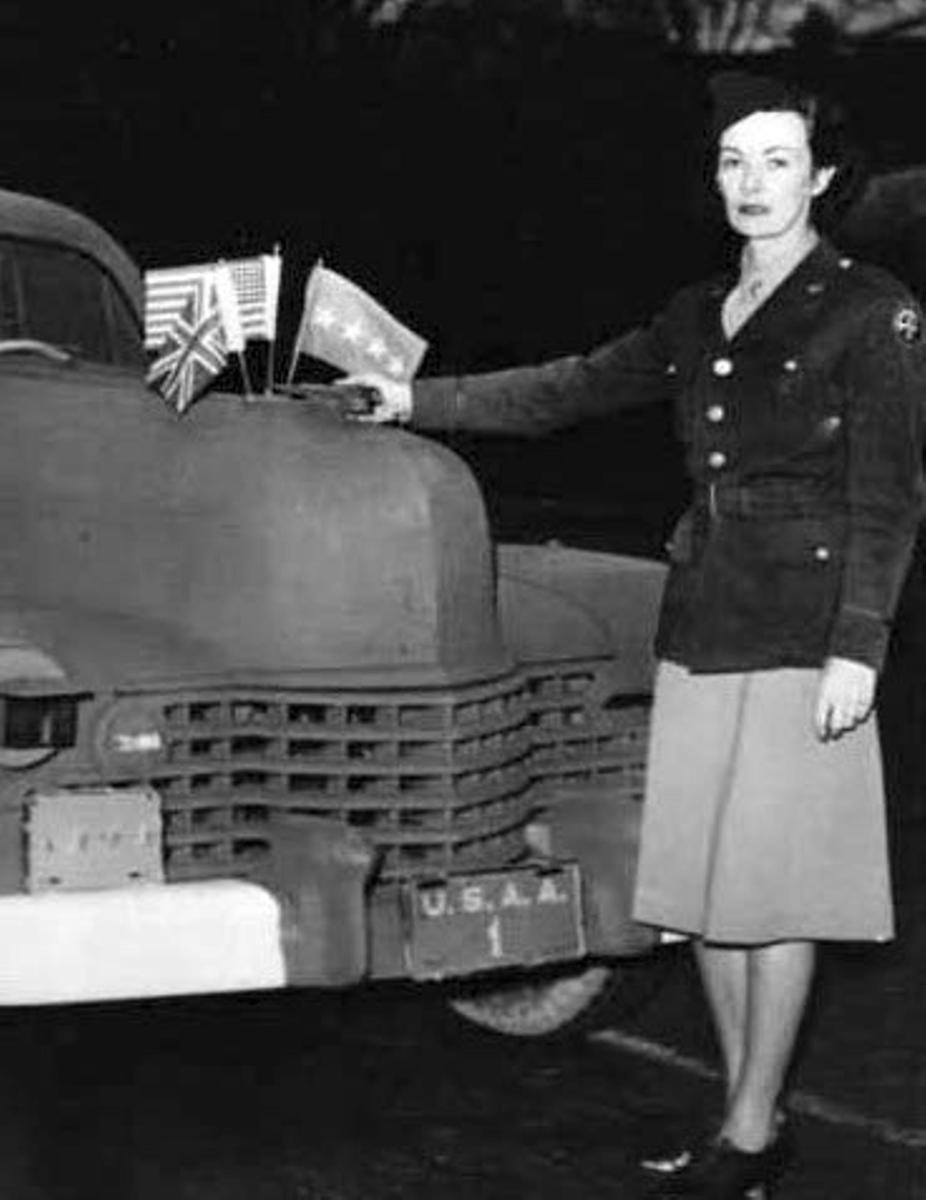- HubPages»
- Education and Science»
- History & Archaeology»
- Military History
Conflicts & Wars Around the Globe - The Beginning. (Let there be light)
And God said....Let there be light

Let there be light
The beginning.
Will this world ever be free from wars and oppression?
Why does mankind continue to accept these terms of a few people lusting after power and control?
Is this judgmental abuse inherent in human nature?
Did God create the earth as a battle ground?
I doubt this was his intentions when heaven and earth was created.
The most profound statement about creation was:
......and God said: "LET THERE BE LIGHT"
- Not just physical light. But the light bulb that goes on in your head when you finally 'get' the message.
it was meant to mean that man should see the right side of humanity.
The side of kindness, compassion, empathy, and love for one another.
To live in peace and harmony without malice, hate, or greed and selfishness.
Battling armies
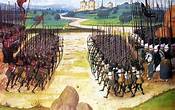
The Greatest Legacy of Man
A Continuing cycle of barbaric conflicts & wars.
Conflict was not always the way of humanity. The small clans of nomadic hunter - gatherers that roamed the earth during the first 90,000 years of human existence appear to have been mostly peaceful and cooperative. The violence that did occur was mainly sporadic and unorganized.
A glimpse of what that vanished world might have been like was given to the Norwegian explorer Fridtjof Nansen, who made an epic journey across the mighty Greenland icecap in 1888. The Inuit peoples who Nansen encountered still lived in much the same way as their early ancestors, scattered in small, self sufficient groups and taking from the land only what they needed for their immediate purposes. He noted:
"Fighting and brutalities of that sort, are unknown among them, and murder is very rare. They hold it atrocious to kill a fellow creature. Therefore, war is, in their eyes, incomprehensible and repulsive; a thing for which their language has no word. And soldiers and officers, brought up in the trade of killing, they regard as mere butchers"
How, and when, humans first resorted to serious conflict are questions that have yet to be fully and finally answered. But the archaeological evidence (burial sites, cave paintings, fortifications, artifacts, etc..) suggest that it was only some 10,000(+/-) years ago that large scale combat became an inseparable part of human existence. What appears to have sparked the change in behavior was the rise of settled agricultural communities.
In addition to attracting the envy of groups that continued to follow the nomadic lifestyle, these settlements generated disturbing and divisive notions of wealth, territory, and ownership. I would suspect that this was the time of the introduction of greed into societies in general, albeit on a much smaller scale than today. As the communities proliferated, the amount of unused space diminished, personal rivalries increased, and competition for land, grain, trade, cattle, and labor, became the norm.
Even the most advanced societies were affected by the impulse to fight. The Assyrians, for example, who embellished much of the Middle East with their temples, palaces, and libraries, also became one of the world's foremost military powers. Other "civilized" powers have been hardly less bellicose (favoring, or inclined to start quarrels, or wars) in their relationships with their neighbors. Even the tiny [city - states] of Greece, recognizably celebrated for their artists, poets, and philosophers, produced warriors who fought as ferociously against one another as they did against the common enemy of Persia (known today as Iran).
United in the fourth century BC under the warrior kings of Macedonia, Philip II and his son Alexander the Great, Greek soldiers blazed a path to victory from the Mediterranean to the Indus River and from the Caucasus to the Red Sea.
Greece was succeeded in turn by another military colossus of the Mediterranean: Rome. By the year 250 BC, the Romans were well on their way to controlling the entire Italian peninsula. Over the next three centuries, the Roman legions, (perhaps the best trained soldiers in history), were to advance their battle standards throughout three continents, extending the Pax Romana (a period of general stability in international affairs under the influence of a dominant military power) to cover the almost two million square miles of the earth's surface.
The Roman peace managed to maintain itself throughout the Mediterranean and western Europe until the fourth century AD. But then, the situation changed dramatically. The Huns, (the wild, nomadic horsemen from central Asia, who rode into battle at a gallop, raining arrows with devastating accuracy) began moving westward in search of grazing for their flocks. As these terrifying warriors, approached, other barbarian peoples, such as the Visigoths and Ostrogoths, fled before them to push against the frontiers of the Roman world. The pressures proved irresistible , and in 410 AD, the legions beaten and scattered, the barbarians sacked Rome itself.
Are we heading for Global Destruction?
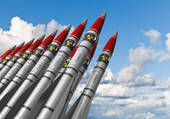
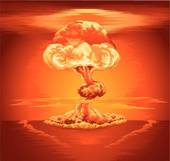

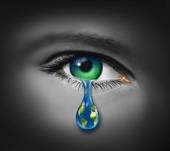
The birth of battle
Man's history of war.
The apparent beginning of the end of any semblance of peace and tranquility on this planet began prior to 250 BC and escalated exponentially throughout the next 2,500 (+/-) years, and shows little sign of abating any time soon. To summarize:
EUROPE FROM 10,000 BC TO 500 AD:
- Greek infantry, drawn up the battle formation known as the phalanx, defeat the much larger army of the Persian King Darius I at Marathon (49- BC).
- Alexander the Great begins a thirteen year campaign of conquest that will establish his reputation as one of the greatest generals of all time (336 BC).
- Roman legionaries, the finest foot soldiers of the ancient world, extend Rome's rule (241 BC - 107 AD) from the shores of the Caspian Sea in the east to Spain's Atlantic coast in the west, and from Britain in the north to Egypt in the south. An empire served by almost 50,000 miles of military highways.
- The Huns sweep into Europe from central Asia, precipitating a mass migration that will eventually destroy the Roman Empire in the west (370 AD)
THE MIDDLE EAST AND AFRICA FROM 10,000 BC TO 500 AD:
- Conflict among settled communities in Mesopotamia leads to the emergence of the first armies (circa 10,000 BC).
- The spear is supplemented by the bow and the sling (circa 10,000 BC).
- Jericho, probably the first fortified settlement, is founded in the Jordan Valley (circa 8,000 BC).
- Bronze is used to make weapons and armor (circa 3,000 BC).
- War chariots are introduced by the Sumerians (circa 3,000 BC).
- Armed with iron weapons, the Assyrians become the greatest military power in the Middle East (circa 900 BC).
- The Phoenicians launch the first warships (circa 700 BC).
ASIA FROM 10,000 BC TO 500 AD:
- Sun-tzu a Chinese general publishes "Art of War" . The earliest known treatise on the subject (circa 500 BC)
by: d.william 07/10/2011
- The Internet Classics Archive | The Art of War by Sun Tzu
The Art of War by Sun Tzu, part of the Internet Classics Archive - TOTAL NEW WORLD ORDER, Coming to America IN 2012. Paid for by Rich Corporate Money.
This hub is dedicated to those Hubbers that have read some of my hubs and have chosen to comment by calling me a liberal fag instead of offering sensible critique. The new world order, coming to... - World War 2 Weapons
The Second World War was a worldwide military conflict, now noted as the most widespread war in history. With more than 100 million military personnel becoming involved through various countries. There were two main sides to the war- the Allies (Sovi - The American Revolution - A World War
Reading some of the comments on the Hubbers Hangout Forum regarding this week's HubMob topic, which is the 4th of July, I got the feeling that some people were a little upset over the fact that a purely...


